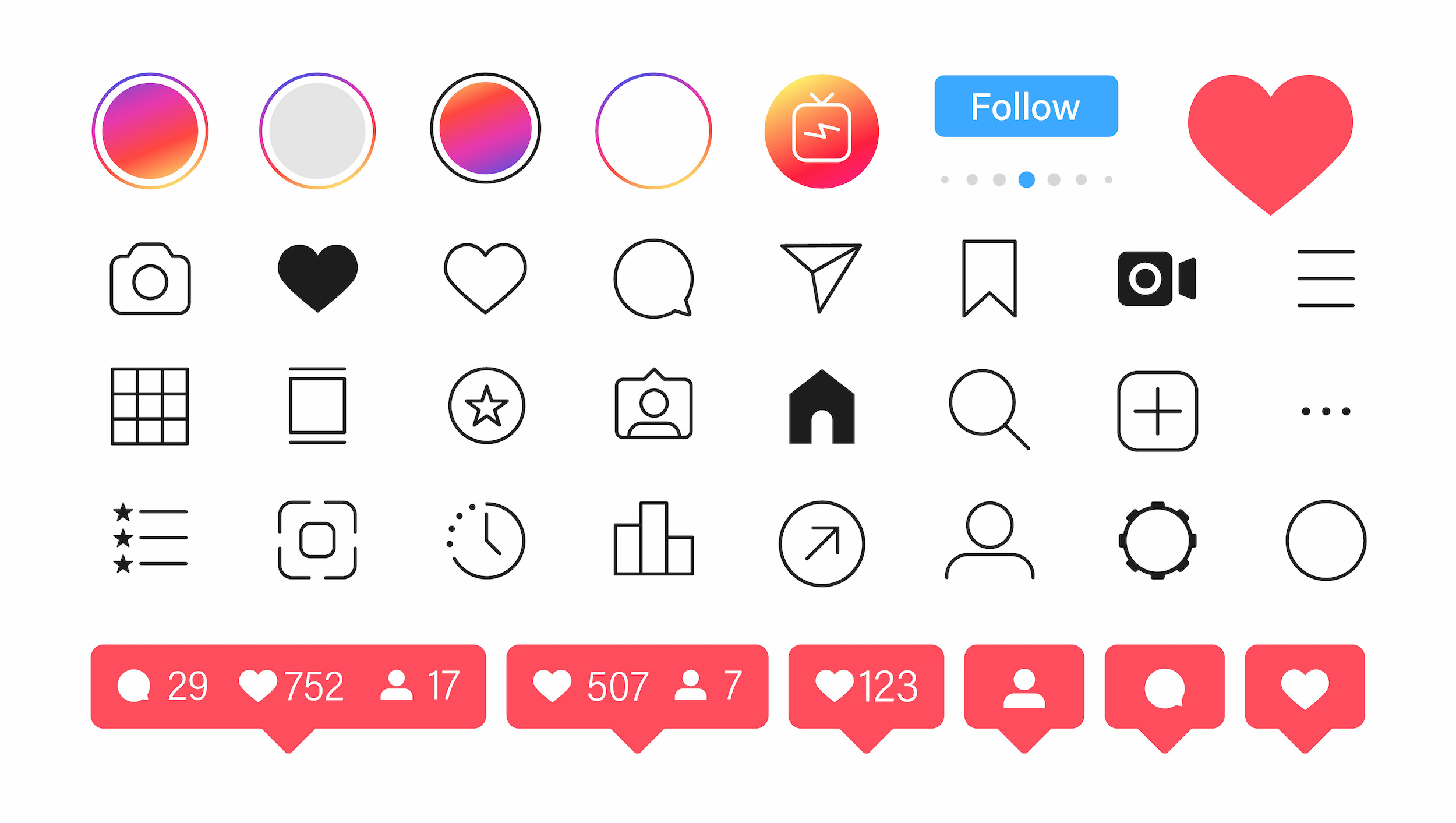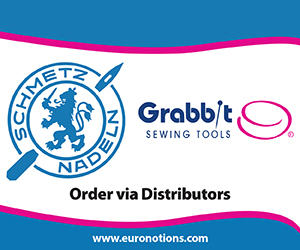
Social media may be time intensive but everyday it’s becoming a more essential piece of business. Check out these tips to make the process easier (and boost your sales along the way).
Writing Social Captions
Instagram allows up to 2,200 characters, but not all text will appear when customers are scrolling. An option to “read more” will appear they can click on, so make sure your most important information is at the beginning.
Also consider adding hashtags to your caption. Hashtags make it easier for new customers to view your post. Hashtags can go at the end of the caption, or in the first comment of your post.
Instagram also allows up to 30 hashtags. You don’t have to use that much, but a combination of specific and general hashtags will optimize your post for the most views.
What to Post
There’s a variety of content you can post. We separated the topics into three categories:
- Excitement: This post is perfect for promoting events. Make sure your caption stresses why they should come, and what makes the event unique.
- Engagement: Think of this post as having a conversation with your audience. I’m sure you’ve heard of algorithms, but what you need to know about Instagram’s algorithm is the more engagement your post has, the more your followers will see it in their feeds. You can boost engagement by liking and responding to comments.
- Selling: Have a new product? Tag the company in your post and write a call to action in your caption such as “click the link in the bio to buy this today.”
What are you waiting for? There’s no time like the present to step up your social media game. Put your best social media foot forward with these Instagram tips.
Inspiration for this post came from IG 1, 2, 3 by Kate Colleran, Joanne Hillestad, and Kris Poor published in the February 2020 issue of American Quilt Retailer.
If you’re looking for more information to guide you in owning a retail business, subscribe to American Quilt Retailer today. Already a subscriber? No worries—join our Facebook group for insights and dialogue from industry specialists like you.













